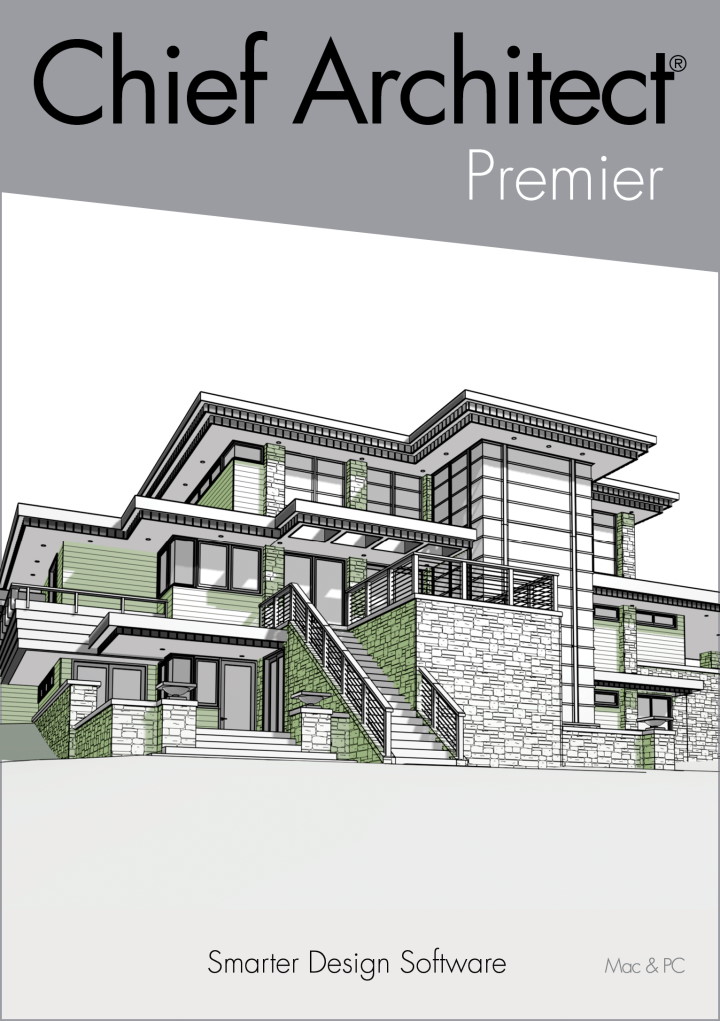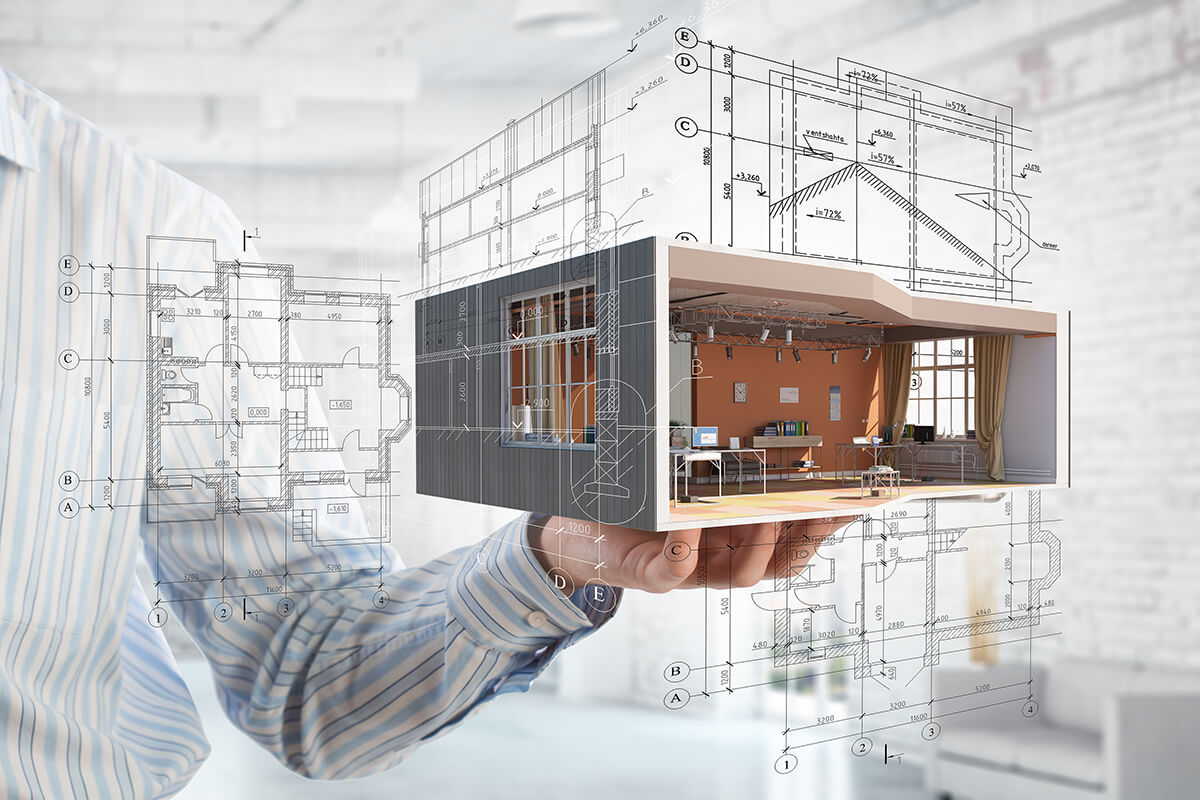Architect Collaboration Tips for Working with Contractors and Builders
Architect Collaboration Tips for Working with Contractors and Builders
Blog Article
Comprehending the Diverse Occupation Paths Available for Aspiring Architect
As an ambitious Architect, you have a globe of occupation courses awaiting you. Each path supplies unique obstacles and chances to use your creative thinking and technological know-how. Whether you're attracted to conventional design or the subtleties of lasting layout, there's a particular niche that lines up with your rate of interests. Comprehending these diverse alternatives can shape your professional trip, but which instructions will you select to explore first?
Typical Architecture: Designing Frameworks and buildings
Conventional design concentrates on designing buildings and frameworks that mix functionality with visual allure. As you discover this area, you'll appreciate the elaborate equilibrium between kind and purpose. You'll discover to draw ideas from historical designs, integrating components like proportion, products, and craftsmanship. Your designs can mirror social heritage, showcasing regional practices while meeting contemporary demands.
You'll develop abilities in preparing, model-making, and site evaluation, enabling you to imagine and communicate your ideas effectively. Engaging with customers, you'll need to understand their vision and equate it into possible designs.
Furthermore, constructing codes and sustainability practices are crucial in your job, guaranteeing your frameworks are ecologically friendly and secure. As you expand in your career, you'll locate possibilities in property, industrial, or even remediation projects, each offering one-of-a-kind difficulties. Accepting standard design paves the means for a satisfying career that pays homage to the past while forming the future.
Urban Planning: Forming Neighborhoods and Public Spaces
As an ambitious Architect, you can play an important role as a city planner, transforming exactly how areas communicate and function. By using community involvement techniques, you'll ensure that residents have a voice fit their setting. Plus, incorporating sustainable design principles will help produce rooms that not only fulfill today's demands but also safeguard the future.
Function of Urban Planners
While many could consider architects as the sole dreamers behind structures, metropolitan planners play an essential duty in shaping the broader landscape of neighborhoods and public spaces. They examine land usage, zoning laws, and community requires to create lasting environments that improve top quality of life. By collaborating with numerous stakeholders, you'll help create parks, transport systems, and domestic areas that promote social interaction and accessibility. Urban coordinators likewise concentrate on environmental factors to consider, making certain that developments integrate green areas and support biodiversity. Your expertise in spatial layout and neighborhood dynamics enables you to picture future development while preserving cultural heritage. In this important duty, you'll directly affect how individuals experience their environments, making every task an opportunity for positive change.
Area Interaction Techniques
Efficient area engagement methods are crucial for city planners to ensure that the voices of citizens are heard and valued in the planning process. To foster meaningful discussion, you ought to focus on open discussion forums and workshops where neighborhood members can express their concepts and worries. By proactively including and listening responses, you'll produce areas that show the area's demands, eventually leading to even more lasting and successful urban settings.
Lasting Layout Concepts
When making city rooms, integrating lasting layout concepts is crucial for developing atmospheres that grow both ecologically and socially. Think about incorporating green spaces, like yards and parks, to boost biodiversity and improve air quality.
Creating with water conservation in mind is likewise essential-- think of rain yards and absorptive surface areas to manage stormwater. Including neighborhood members during the preparation procedure assurances that the areas you produce meet their demands and encourage social interaction. By welcoming these principles, you'll add to dynamic, lasting city landscapes that profit everyone.

Landscape Architecture: Developing Lasting Outside Environments
As you discover landscape design, you'll discover necessary style principles that create attractive and useful outdoor spaces. Sustainable techniques play a crucial role in making sure these atmospheres flourish while minimizing ecological effect. And also, you'll find a variety of occupation opportunities that permit you to make a genuine difference in how people communicate with nature.
Style Concepts in Landscape
Understanding design principles in landscape architecture is crucial for creating sustainable outdoor environments that harmonize with nature. You'll need to contemplate aspects like balance, proportion, and range to guarantee your designs really feel natural and welcoming. Furthermore, pay interest to seasonal modifications, creating with materials that complement the surroundings year-round.
Lasting Practices Overview
Sustainable techniques in landscape design not just focus on looks however also focus on environmental wellness and source conservation. By integrating indigenous plants, you enhance biodiversity and reduce the demand for chemical fertilizers and pesticides. Applying reliable irrigation systems helps preserve water and reduces drainage, protecting neighboring ecological communities. You can create spaces that advertise dirt health and wellness, such as practicing and utilizing natural materials permaculture principles. Furthermore, incorporating environment-friendly framework, like rain yards and porous sidewalks, aids in stormwater management and lowers metropolitan warmth. When you produce outdoor settings with sustainability in mind, you add to a healthier world and supply rooms that cultivate neighborhood connection. Inevitably, these methods assure your designs benefit both individuals and the atmosphere for years to find.
Profession Opportunities Exploration
With a solid foundation in sustainable methods, landscape design offers a range of job courses that permit you to make a meaningful impact on the atmosphere. You can function as a landscape developer, developing cosmetically pleasing and functional exterior rooms, or specialize in environmental repair, aiding to revitalize broken ecological communities. Urban planners frequently team up with landscape engineers to develop eco-friendly areas in metropolitan settings, enhancing city click for info livability. If you're enthusiastic regarding education, consider becoming a landscape style educator, inspiring future generations. In addition, you may work with nonprofits concentrated on environmental sustainability or take part in study to introduce brand-new practices. Each course not just shapes lovely settings but additionally cultivates a healthier planet for future generations.
Sustainable Style: Concentrating On Eco-Friendly Practices
As you discover your occupation in design, embracing green methods can establish you apart in a competitive field. Lasting design concentrates on creating structures that lessen ecological impact while boosting occupant health. By including sustainable materials, energy-efficient systems, and lasting structure strategies, you'll add to a greener future.
Begin by gaining understanding of green accreditations like LEED or BREEAM, which can strengthen your credentials. Consider just how all-natural light, ventilation, and thermal effectiveness can maximize design. Work together with designers and environmental specialists to introduce remedies that decrease waste and preserve sources.
Don't forget the value of area participation-- appealing neighborhood stakeholders can motivate layouts that harmonize with the environment. As customers progressively focus on sustainability, your proficiency in environment-friendly methods will certainly not just attract projects but likewise satisfy your enthusiasm for accountable style. Welcome this crucial aspect of the profession, and watch your job flourish.
Historic Conservation: Protecting and Restoring Social Heritage
While you start on your architectural trip, take into consideration the essential duty of historical conservation in maintaining our cultural heritage. This field focuses on the protection and restoration of considerable buildings, sites, and structures that tell the tales of our past. look what i found By taking part in historical conservation, you'll assist safeguard the building heritage that forms neighborhood identity.
As a historic conservation Architect, you'll analyze historic relevance and analyze the problem of structures. You'll function carefully with preservationists and chroniclers to guarantee genuine remediation strategies are utilized. This occupation path permits you to blend creative thinking with research, allowing you to make options that respect initial materials and craftsmanship.
Your job not just adds to sustainability by reusing existing structures but likewise cultivates a sense of pride within neighborhoods. Welcoming this path will certainly help you become a guardian of background, preserving the stories and visual appeals that improve our lives.
Interior Design: Enhancing Indoor Spaces
Historic preservation and indoor design both share a dedication to boosting the constructed environment, however they concentrate on different elements. While historical preservation emphasizes maintaining a framework's social and historic worth, interior architecture nos in on maximizing interior spaces for performance and visual appeals.
As a hopeful Architect, you'll locate that interior architecture permits you to blend creativity with technical abilities. You'll make spaces that not just look good but additionally promote convenience and performance. This field involves understanding exactly how light, color, and materials interact within an area, influencing state of mind and use.
You'll function on numerous projects, from residential homes to commercial offices, guaranteeing that each atmosphere fulfills the demands of its owners. By focusing on customer experience, you can change insides right into practical and inspiring areas, making a considerable influence on just how individuals connect with their environments. Accept the chance to boost interior atmospheres and shape the way people live and work.
Industrial Layout: Merging Functionality With Looks
Industrial design plays an important role in creating items that effortlessly mix looks with performance, guaranteeing that what you use day-to-day is not just visually appealing yet additionally useful. As an aspiring Architect, you might immerse on your own in this area, concentrating on making whatever from furniture to customer electronics. Your work includes understanding customer requirements, products, and manufacturing procedures, allowing you to develop cutting-edge options that boost daily experiences.
In industrial style, you'll frequently work together with engineers, makers, and online marketers, guaranteeing that your layouts are not only lovely but likewise viable. You'll learn to stabilize kind and function, focusing on use without sacrificing style. By refining your abilities in mapping out, 3D modeling, and prototyping, you'll be well-appointed to bring your ideas to life. This profession course supplies a vibrant environment where imagination fulfills practicality, making it a gratifying option for designers curious about forming the products of tomorrow.
Frequently Asked Questions
What Educational Certifications Do I Need to Become a Designer?
To come to be an architect, you'll need an expert level in style, typically a Bachelor's or Master's. Additionally, you'll have to complete a teaching fellowship and pass the Architect Registration Evaluation to exercise legally.
Exist Accreditation Requirements for Various Architectural Occupation Paths?
Yes, there're accreditation requirements for numerous architectural courses. Architect. You'll require to pass examinations, complete teaching fellowships, and in explanation some cases pursue specialized training, depending upon your picked focus, like landscape design, metropolitan layout, or historic conservation
What Software Application Skills Are Necessary for Designers Today?

How Can I Gain Practical Experience While Researching Design?
You can gain sensible experience by interning at building firms, taking part in style competitions, offering for community tasks, or collaborating with schoolmates on real-world tasks. These opportunities improve your skills and develop valuable links in the market.
What Job Opportunities Exist Outdoors Traditional Style Firms?
You can explore different job chances outside traditional design companies, like city preparation, interior style, landscape design, construction administration, realty advancement, and even duties in sustainability consulting. Each offers one-of-a-kind challenges and benefits.
Whether you're attracted to traditional design or the subtleties of sustainable layout, there's a particular niche that aligns with your interests.When making urban areas, including sustainable design principles is essential for producing settings that thrive both ecologically and socially.As you check out landscape design, you'll uncover essential layout concepts that develop stunning and useful outside rooms.Recognizing design principles in landscape architecture is vital for creating sustainable outside atmospheres that integrate with nature.In commercial layout, you'll usually work together with online marketers, engineers, and makers, making sure that your styles are not only beautiful but also possible.
Report this page